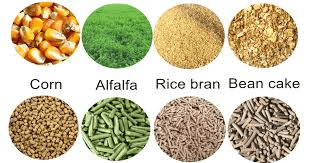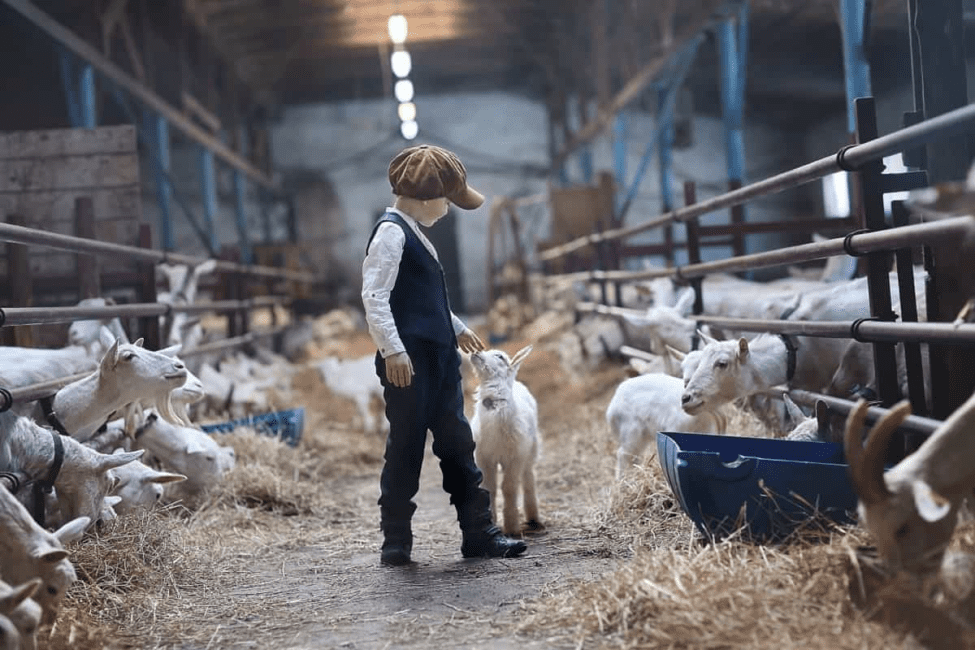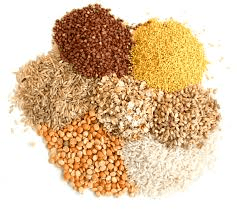Animal feed formulation including cattle, sheep and goat feeds requires in-depth knowledge of animal nutrition, particularly the nutrient requirements and the nutrient composition of the ingredients.
It also requires nutritionists to know whether using certain proportions of some ingredients will impact on issues such as feed flow through the mill, pellet quality of the diet, response of the diet to feed additives, or gut health of the animal.
In some parts of the world, considerations such as the colour, smell and particle size of the feed are viewed as important by the feed buyer, despite that these factors may have little influence on the nutritional quality of the feed.
Ultimately, feed formulation is about economics; for some operations, it probably means the best feed conversion efficiency of the animal, whereas for others it perhaps means least cost per unit of product output.
The above methods mentioned on the formulation of feeds can be effectively applied provided that the pre-requisite is being provided and to that effect, this work provides some requirements to enable efficient formulation and thus livestock keepers can apply the methods on the data provided in the quest to provide good food with adequate nutritional values for a say class of livestock.
1. Feed Formulation for Cattle

The final step of beef cattle nutrition is correcting nutrient deficiencies. The first approach to correct nutrient deficiencies is to establish an accurate description of the cattle being fed.
Once an accurate description of the cattle is established, their nutrient requirements can then be determined from nutrient requirement tables. The next step is to determine the feeds available for use.
Read Also: Guide to Proper Handling of Animal Feed Raw Materials
List their composition on a dry matter basis from a composition table or a chemical analysis. Now the amounts of the feeds necessary to balance the ration can be determined.
Three common methods to ration balancing include the Pearson Square, substitution formulation and computer-assisted formulation based on substitution or linear programming for least-cost formulation.
2. Feed Formulation for Sheep and Goats

Goats and sheep are small ruminants that require slightly different feeding patterns and ingredients from cattle but the methods of feed formulation are the same.
Sample Feed Formula for Kid & Lamb Starter
Ingredient Quantity (KG) Total 100
Maize = 37
Groundnut cake = 15
| PKC | 25 |
| Wheat bran | 20 |
| Salt | 0.5 |
| Mineral mix | 2.5 |
Sample Feed Formula for Goat & Sheep Finisher Feed

Ingredient Quantity (KG)
| Total | 100 kg | |
| Maize 15 Groundnut cake 37 | 37 | |
| PKC | 10 | |
| Wheat offal | 35 | |
| Salt | 1 | |
| Mineral mix | 2 |
Sample Feed Formula for Nursing Goat & Sheep
| Ingredient Total | Quantity(KG) 100 |
| Maize | 52 |
| PKC | 8 |
| Wheat offal | 37 |
| Salt | 1 |
| Mineral mix | 2 |
Sample Feed Formula for Pregnant Goat &Sheep
| Ingredient | Quantity(KG) |
| Total | 100 |
| Maize | 35 |
| PKC | 20 |
| Wheat offal. | 42 |
| Salt | 1 |
| Mineral mix | 2 |
How to prepare a Mineral Mix for Goat and Sheep. If you want to prepare the mineral mix at home rather than buying it, then follow the composition below.
Sterilized bone meal = 35%
Limestone = 45%
Iodized salt = 20%
Copper Sulphate = 22 g/tonne of mineral mix
Ferrous Carbonate = 11 g/tonne of mineral mix
Zinc Oxide = 11 g/tonne of mineral mix
Read Also: How to Grow Sugar Cane Minecraft in a Sugar Cane Farm Minecraft

